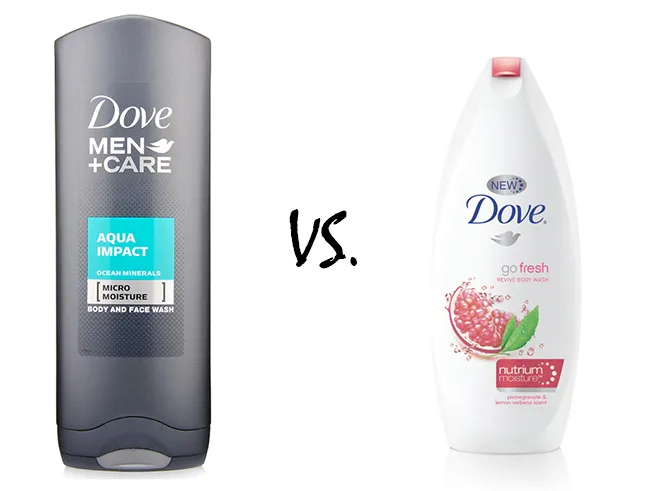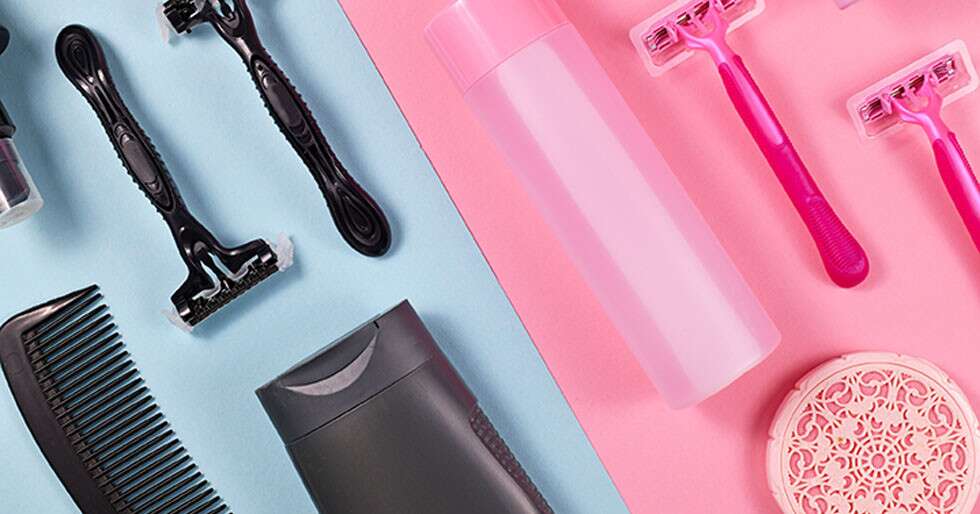By Amalia Theocharidou,
The 2020s have made a strong start on bringing down the gender labels and introducing a more gender-inclusive approach. But despite these progressive steps, the promotion of the stereotypical gendered life is still going on strong. We’ve all come across the typical ad of the happy mother making dinner for her hard-working husband. Their house is ideal and incredibly clean as the kids seem happy and loving. This is a perfect example of gendered marketing, directed to women. But what exactly is gendered marketing?
This type of marketing aims to the dichotomy of the population between men and women, promoting the basic stereotypes such as bright and light colors in the packages of the products for women and darker for men. Even the used wording differs. Taking a look at the razors, we spot the words “BETTER”, “POWER”, and “FAST”, for men but “SPA”, “BLISS”, and “RADIANT” for women (Lorincz, 2023).
This directive projects men as powerful, manly beings, boyish and strong in no need of all these “girly” products. Men are smarter and frugal, they don’t need much to keep up with their image. Or they don’t have to. Because the key to the male advertisement is “less is more”. One can observe so from a mere shampoo for men which “does it all”. Nine to one, even thirteen to one is the common line of marketing towards the males, allowing them to continue their way of simplicity and manhood. Men don’t need sparkly and dazzling packages or sparing time for their skincare and other “feminine” activities, because doing the basics is what matters after all.

Meanwhile, on the girls’ side, it is different. The female nature imposes the overuse of these products. Women are always in need of a variety of skincare and hair products to look approachable. Because that’s what society is like for women. In a world where men only need to do the basics, women are obliged to try harder. Different products, for hair, for curls, for volume and strength are defining the everyday life of millions. Through the marketing attempts, we can see society’s reflection on gender roles. In a world where everything for men is easy and achievable, women need to struggle to meet what’s taken for granted (Ivanov, 2022).
Gendered marketing has faced a backlash the recent years. As the world of trade gains more gender inclusivity, the younger generation especially has started to hold the companies accountable. The traditional gender roles have been canceled and it is observed that queer people have been included even more in ads to enlarge their target group. Movements like the #metoo movement have forwarded the image of a more strong female persona who’s not all about the housework and chores. Women are much more than that, they’re career achievers and capable academics. The internet is a powerful weapon in the hands of the younger generation of customers who don’t fear to stand up and call out any remaining incidents of gender stereotypes. In hopes of more inclusivity, it is only in the hands of the customer to put an end to the aimless use of stereotypes.
References
- Ivanov, E. (2022). Gendered Marketing: Is this the Era of Non-Binary Aesthetic? Available here
- Lorincz, N. (2023). Gender Differences in Advertising Between Men and Women: Do Gendered Advertisements Help or Hurt? Available here




